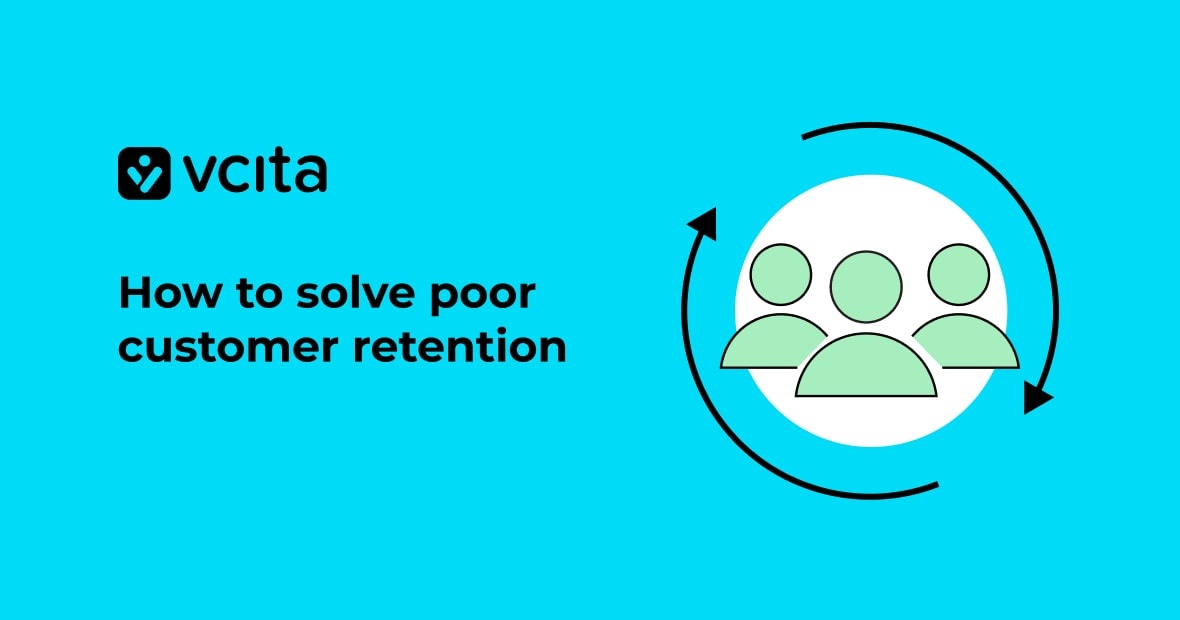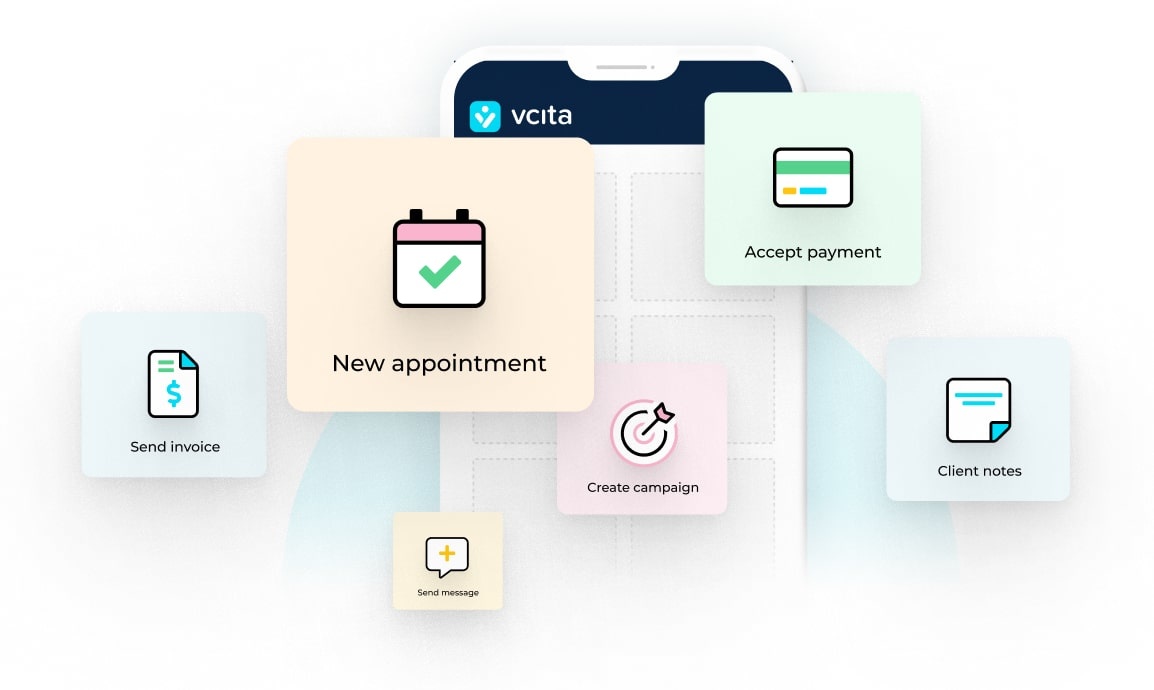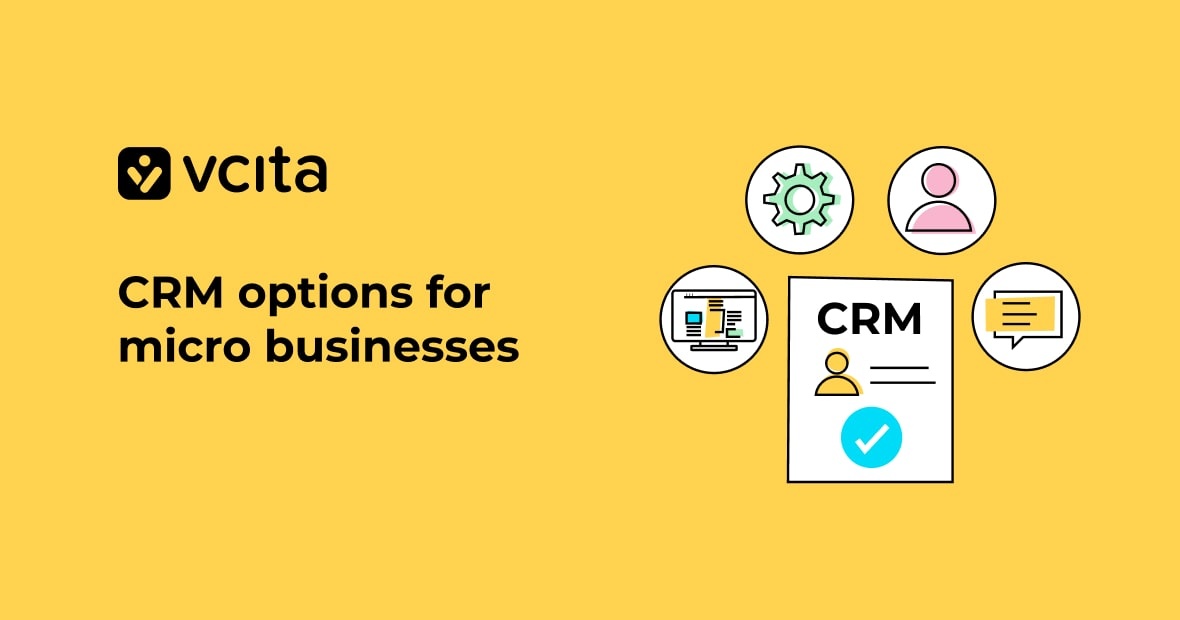Small service businesses often struggle with poor customer retention, due to disorganized processes, weak communication, and insufficient client management. Implementing a CRM like vcita addresses these pain points by automating follow-ups, personalizing interactions, streamlining appointments, centralizing client information, and enhancing overall customer experience.
Key takeaways:
- A good CRM combats poor customer retention by automating customer communication.
- Improve poor customer retention through personalized experiences.
- Centralized client data reduces administrative stress and poor customer retention.
- Streamlined appointment scheduling prevents customer churn and poor retention.
- vcita CRM offers tailored solutions for small businesses experiencing poor customer retention.
Why customer retention is crucial for small service businesses
Poor customer retention can quickly spiral into a critical issue for small service businesses. It doesn’t just mean lost revenue; it also affects your business’s reputation, significantly increases customer acquisition costs, and creates instability. Ensuring clients consistently return builds a stable foundation for steady, predictable growth.
Common customer retention pain points in small businesses
Understanding why poor customer retention occurs is essential to addressing it effectively. Small service businesses commonly experience:
Lack of communication and follow-up
Low customer retention often stems from insufficient communication that makes clients feel neglected. Missed messages, unanswered queries, and delayed follow-ups cause customers to feel undervalued, leading them to seek services elsewhere.
Poor appointment management
Scheduling errors, double bookings, and frequent missed appointments are frustrating for customers. This significantly contributes to poor customer retention, as clients turn to competitors with more efficient systems.
Disorganized customer data
When client information is scattered across multiple platforms, service delivery becomes inconsistent and impersonal. This disorganization inevitably results in chaotic communications that drag down customer retention.
Inadequate personalization
Clients appreciate personalized experiences. Failing to deliver tailored services or interactions often leads customers to turn to other businesses that make them feel like they really care.
How a CRM system can boost customer retention
Customer Relationship Management (CRM) systems, such as vcita, directly target poor customer retention by addressing common pain points:
Automating and personalizing customer communication
CRM systems automate routine communications like appointment reminders and personalized follow-up messages. Automating personalized messaging ensures that customers feel appreciated and helps improve retention.
Centralizing customer information
CRM software like vcita centralizes client data, making past interactions, preferences, and transaction histories easily accessible. This capability allows businesses to offer consistent and personalized services, effectively combating poor customer retention.
Simplifying appointment scheduling
Built-in scheduling tools in advanced CRMs allow clients to easily self-book, reschedule, or cancel appointments. Streamlining this process reduces errors and no-shows, and significantly improves customer retention.
Key features of vcita’s CRM that address poor customer retention
Intuitive client management
vcita provides intuitive client cards showcasing comprehensive histories, notes, and communication logs, allowing for more attentive and personalized services to raise customer retention rates.
Automated appointment reminders
Automated SMS and email reminders greatly reduce missed appointments, directly improving customer retention by making clients feel valued.
Seamless communication channels
Integrations with platforms like Facebook Messenger and SMS ensure centralized, prompt responses to client queries, preventing customers from feeling neglected and improving retention.
Multi-service booking and payment solutions
vcita invites customers to book and pay for multiple services simultaneously, enhancing client convenience and satisfaction and contributing to improved customer retention rates.
Best practices for implementing a CRM to address poor customer retention
Set clear retention goals
Identify clear objectives like reducing cancellations, enhancing communication, or increasing personalization.
Provide comprehensive training
Educate your team thoroughly on CRM features to ensure they utilize it effectively to combat poor customer retention.
Integrate CRM into daily routines
Ensure CRM usage is fully embedded into daily workflows, maximizing its impact on customer retention.
Regularly evaluate and adjust
Use analytics from the CRM to continually refine strategies that tackle poor customer retention.
Real-life examples: how a CRM transforms poor customer retention
Consider a wellness center facing frequent missed appointments and follow-ups. Implementing vcita’s CRM enabled them to automate reminders, improve bookings, and centralize data management. Consequently, the business significantly reduced no-shows and drastically improved previously poor customer retention.
Similarly, a home services provider struggled with administrative overload, which impacted their customer retention. vcita’s centralized scheduling and payment solutions streamlined processes, enhancing client satisfaction and significantly improving retention rates.
Additional strategies to further reduce poor customer retention
Create loyalty programs
Offer incentives or loyalty programs integrated into your CRM to encourage repeat visits and reduce poor customer retention.
Collect and act on customer feedback
Use CRM analytics to regularly collect, analyze, and respond to feedback, actively showing clients that their opinions matter and addressing issues that contribute to poor retention.
Consistent service quality
Maintain consistently high service standards by leveraging CRM data insights to identify and address gaps that cause poor customer retention.
Transform poor customer retention with CRM
Poor customer retention severely impacts small service businesses, but CRM platforms like vcita offer targeted solutions. Automating processes, personalizing interactions, streamlining operations, and maintaining central client data significantly improve retention rates and customer satisfaction. Strategic CRM implementation transforms customer experiences, creating long-lasting client loyalty and sustainable business growth.
Common questions about CRM and customer retention
What are the benefits of crm for small businesses?
CRM systems address poor customer retention by offering:
- Enhanced data organization.
- Improved client communication.
- Simplified administrative tasks.
- Insightful customer analytics.
Can CRM increase sales and customer loyalty?
Yes, CRM systems significantly enhance client interactions and personalized outreach, thereby increasing sales and combating poor customer retention.
How do you improve customer retention using CRM?
Address poor customer retention with CRM by:
- Automating follow-ups.
- Personalizing interactions.
- Centralizing data for consistency.
- Streamlining bookings and payments.
Why do small businesses need CRM software?
CRM software effectively manages client interactions and administrative tasks, directly addressing poor customer retention challenges faced by resource-constrained small businesses.




























